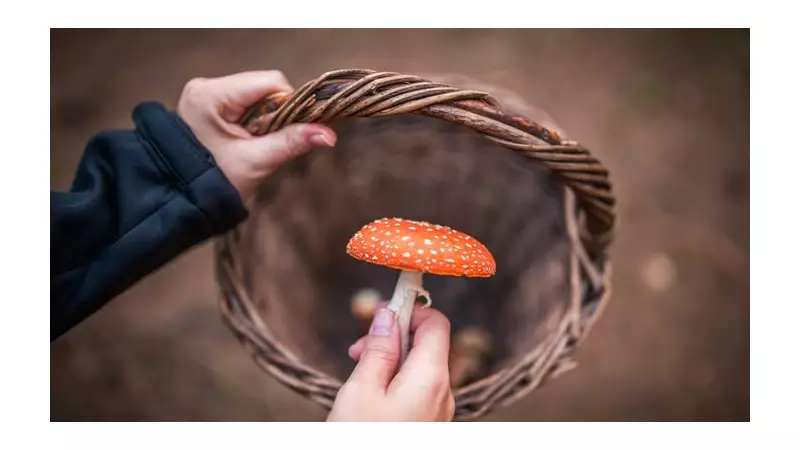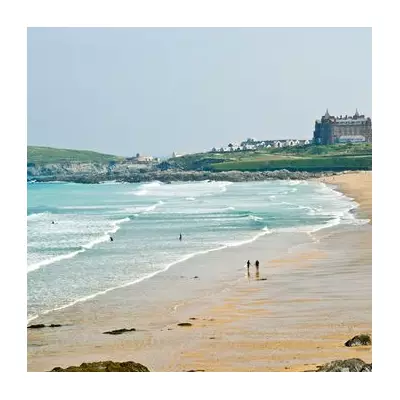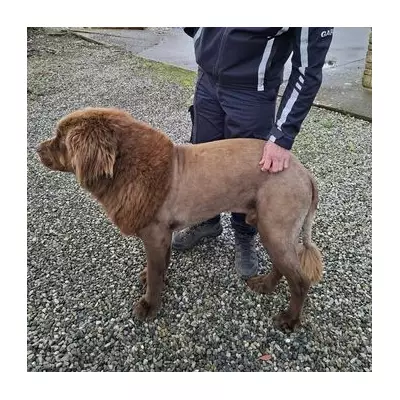
Britain's countryside hides deadly secrets among its greenery, where common-looking plants can deliver fatal consequences. A new book reveals the dark history and present dangers of toxic flora that continue to threaten foragers, gardeners and walkers.
Historical Horrors and Modern Dangers
Gardener and author Jane Perrone's The Atlas Of Deadly Plants uncovers macabre tales from Sardinia, where early settlers allegedly used hemlock water dropwort for ritual killings. This toxic plant induced a distorted 'rictus grin' on victims before causing convulsions, muscle locking, hallucinations and potentially fatal heart attacks.
Historical poisonings aren't confined to ancient times. Medieval fraudsters passed off white bryony roots as valuable commodities, while Roman soldiers fell victim to rhododendron-contaminated honey. The threat remains very much alive today, as demonstrated by the recent Australian case where a woman received life imprisonment for murdering three relatives with a toxic mushroom meal.
Britain's Most Dangerous Plants
Perrone identifies three particularly hazardous plants that every UK forager should recognise and avoid.
Hemlock Water Dropwort
Known variously as water hemlock, dead man's fingers or dead tongue, this member of the carrot family ranks as Britain's most poisonous plant according to Wild Food UK. Growing up to 1.5 metres tall along waterways, it displays pretty white flowers resembling cow parsley.
The similarity to edible relatives poses the greatest risk, warns Perrone. "Wild carrot and wild parsnip look quite similar to some very deadly species," she explains. "Even experienced foragers often avoid this plant family because a single mistake can prove fatal."
Wild Garlic Lookalikes
Spring foragers seeking wild garlic face dangerous confusion with lords-and-ladies (Arum maculatum), also called cuckoo-pint. This toxic plant produces similar arrow-shaped leaves but lacks wild garlic's distinctive aroma.
Found in the same damp woodland habitats during spring, cuckoo-pint contains sap that burns skin upon contact. Later in the season, it becomes easier to identify when it develops green seed pods resembling corn on the cob, which eventually turn bright red and taste intensely bitter.
Yew Trees
Common in churchyards and symbolising death and resurrection, yew trees contain poison throughout all their parts. The attractive red berry-like fruits surround highly toxic seeds with no known antidote.
"The chemicals inside have been called a veritable 'Pandora's box' of compounds," says Perrone. "The main ones, taxine alkaloids, cause heart malfunction leading to arrhythmia and slowed heart rate."
Understanding Plant Poisoning Realities
With foraging popularity increasing across seasons - spring for leaves and shoots, summer for berries and flowers, autumn for fruits and nuts - understanding genuine poisoning symptoms becomes crucial.
Perrone dispels cinematic myths about plant poisonings: "People don't understand that plant poisonings don't look like they do in the movies... That's not how the vast majority happen." Most cases begin with gastrointestinal symptoms like nausea, vomiting or diarrhoea, with delays ranging from minutes to two weeks.
The misleading remission phase presents particular danger, as Perrone explains: "You start feeling better and your gastrointestinal symptoms normalise, but unfortunately your body is in serious trouble as toxins reach your organs." This pattern makes diagnosis challenging for doctors.
Despite these risks, Perrone maintains perspective: "Incidence of plant poisonings is massively less than it used to be... you're much more likely to be poisoned by carbon monoxide or household chemicals." She encourages responsible foraging with proper education rather than avoidance.
"I don't want to put people off foraging," she emphasises, "I just want them to go out with full knowledge. Not every plant is edible and you need to be 1,000% sure of identification."





